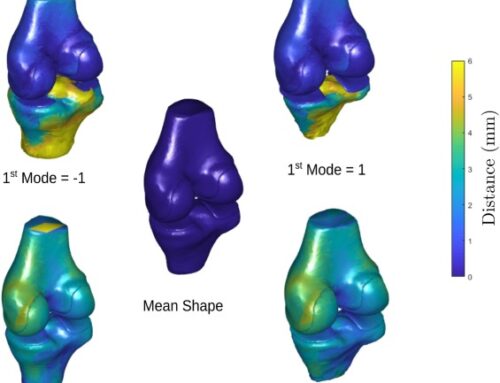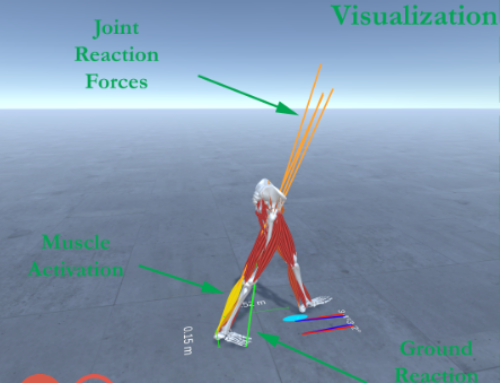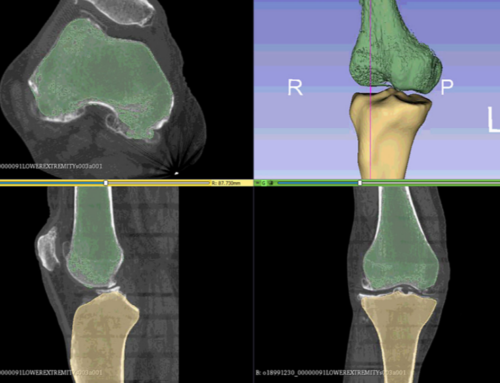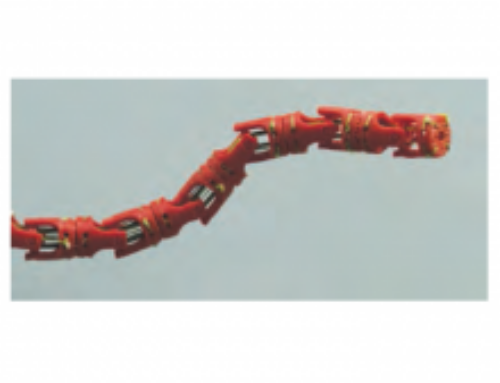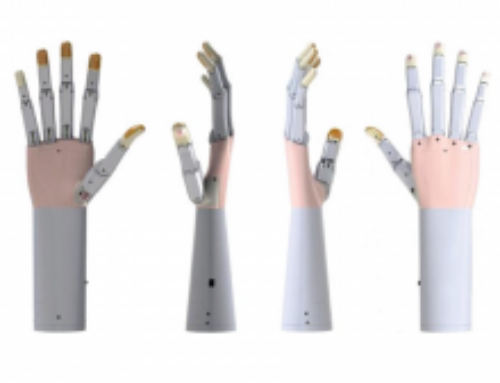The development of personalized finite element models of the knee anatomy is critically important in the simulation of knee joint mechanics, prediction of optimal treatments in cases of pathological conditions and prevention of injuries. Subject-specific models can be obtained from diagnostic images with multi-atlas segmentation being a pertinent choice when prior anatomical information of the structures of interest is available. Although multi-atlas segmentation has been prevalent in some parts of the body, its exploitation for the segmentation of the knee complex has not been illustrated yet. This work utilizes a multi-atlas segmentation method based on deformable registration and joint label fusion in conjunction with anatomically-adopted mesh refinement in order to generate subject-specific models of the knee. The success of finite element simulations strongly depends on the properties of the 3D surface and the quality of the volumetric meshes. Therefore, emphasis was given to create structured meshes with well-shaped hexahedra for the knee cartilages and menisci. The segmentation performance is assessed using cross-validation on7 subjects from the Open Knee project and 78 subjects from the Osteoarthritis Initiative. Our results indicate that our developed state-of-the-art processing scheme can achieve competitive performance, opening the path for better diagnostics and patient-specific interventions. The developed tools are freely available to download from SimTK at https://simtk.org/projects/knee-segment
F. Nikolopoulos, E. Zacharaki, D. Stanev and K. Moustakas, “Personalized Knee Geometry Modelling based on Multi-Atlas Segmentation and Mesh Refinement”, IEEE Access, vol.8, no. 1, pp. 56766-65781, December 2020.

